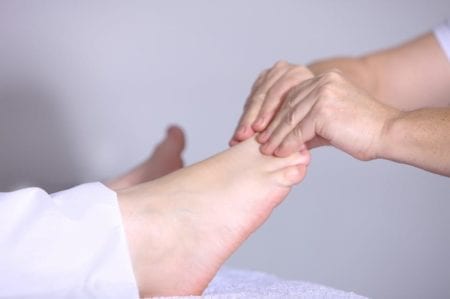 Why do foot massage
Why do foot massage
Massage relieves stress, reducing the level of adrenaline, norepinephrine and cortisol.
It helps to fight pain, reducing the activation of pain receptors in the muscles.
Helps fight inflammation by reducing the number of cytokines.
Accelerates blood flow in muscles and tissues, improves lymph flow.
When you can not do a foot massage
Give up the massage if you have:
- Skin diseases.
- Skin damage: wounds, burns, frostbite.
- Acute inflammatory process.
- Thrombosis.
- Phlebeurysm.
- Tendency to bleed.
How to massage the legs of yourself or another person
Some movements will be difficult to use for self-massage – just skip them and do what is convenient to do.
Usually masseurs spend 30–60 seconds for each movement. But you can adjust the time, focusing on the sensations.
Warming up
For about a minute, stroke the leg from calf to thigh, grabbing the gluteal muscles, and back.
Foot massage
Spread the rise of the foot with your thumb from toe to heel.
Knead the foot with your fingers, resting your palms on the back side. It is convenient to do both to another person and to yourself.
Gently rub each finger.
Massage of the gastrocnemius muscles
Rub your legs with your palm.
Slide your thumbs and palm in a straight line from the ankle to the knee.
Make circular motions with two palms.
Massage thighs and buttocks
Rub the thigh with a palm in a circular motion from the knee to the buttock.
Mash the thigh with both hands. Imagine kneading dough.
Rub the thigh with your knuckles. Do not push hard on the inner thigh.
Mash the thigh with double ring movements.
Grasp the leg with both hands and slide from the knee to the buttock.
When the leg warms up, try knocking on it with the edge of your palm or palm gathered with a boat.
Complete the massage with the stroke you started.
Picture Credit: andreas160578
